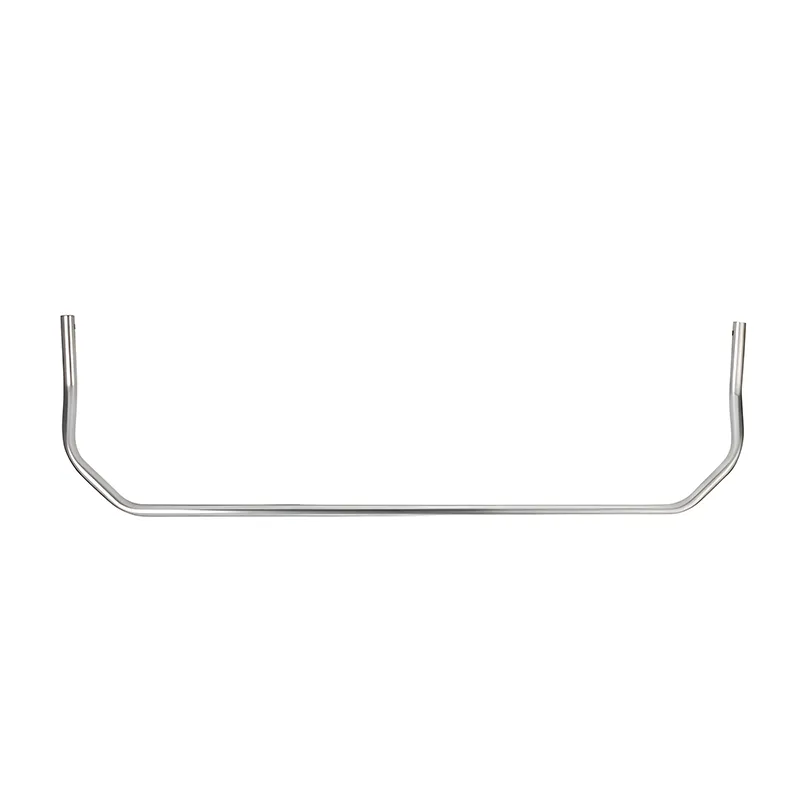
The Automotive Spare Parts Supply Chain A Comprehensive Overview
The automotive industry is a complex ecosystem, intricately woven together by various components, suppliers, manufacturers, and distributors. One of the critical segments of this ecosystem is the supply chain for automotive spare parts. This supply chain is vital for ensuring the efficient maintenance and repair of vehicles, which is essential for keeping them on the road and maintaining overall safety standards.
The Importance of Spare Parts
Automotive spare parts are indispensable for both routine maintenance and unexpected repairs. From brake pads, filters, and belts to more complex components like engines and transmissions, each part plays a crucial role in the vehicle's performance and safety. The reliability of these parts is paramount; therefore, establishing a robust supply chain is essential.
Components of the Supply Chain
1. Manufacturers The first link in the supply chain is the manufacturers who produce automotive spare parts. This includes Original Equipment Manufacturers (OEMs) as well as aftermarket suppliers. OEMs produce parts that are identical to those used in the production of new vehicles, while aftermarket suppliers may create alternative or enhanced versions of these parts.
2. Suppliers Raw materials are sourced from various suppliers, forming the backbone of the manufacturing process. These suppliers can vary widely in size and scope, from large global companies to localized operators. The choice of materials and components directly affects the quality and reliability of the final product.
3. Distributors Once parts are manufactured, they are distributed through a network of wholesalers and retailers. Distributors play a crucial role in managing inventory and ensuring that parts are available where and when they are needed. They must navigate logistical challenges, such as shipping times, storage capabilities, and regional demand, to ensure a steady supply.
4. Retailers and Service Centers Retail outlets, both physical and online, play a vital role in selling spare parts to consumers and businesses. Service centers, including dealerships and independent garages, rely on a consistent supply of parts to perform repairs and maintenance. The relationship between these entities and their suppliers is crucial for operational success.
Challenges in the Supply Chain

The supply chain for automotive spare parts is not without its challenges
. Here are some of the key issues that stakeholders face- Globalization and Complexity Many automotive parts are manufactured in different countries, often leading to complexities related to logistics, tariffs, and multi-national regulations. Natural disasters, political unrest, or pandemics can severely disrupt these global supply chains.
- Demand Variability The demand for spare parts can fluctuate based on a multitude of factors such as changes in consumer behavior, seasonal variations, and economic conditions. Suppliers must remain agile to meet these changing demands while minimizing excess inventory.
- Technological Advancements The rapid pace of technology in the automotive sector adds pressure to the supply chain. Electric vehicles (EVs) and autonomous vehicles introduce new components that require new supply chains and suppliers. Keeping up with these advancements demands flexibility and a willingness to adapt.
Innovations and Future Trends
To address the challenges posed, many players in the automotive spare parts supply chain are pursuing innovative solutions. Technologies such as artificial intelligence, predictive analytics, and blockchain are being adopted to enhance inventory management, improve forecasting, and ensure product authenticity.
Moreover, there is a growing trend toward sustainability in the automotive industry. Manufacturers and suppliers are exploring eco-friendly materials and production processes, which can lead to a more sustainable supply chain model.
Conclusion
The automotive spare parts supply chain is integral to the entire automotive ecosystem. By understanding the roles of various suppliers, manufacturers, distributors, and retailers, as well as the challenges and innovations within this space, stakeholders can better navigate the complexities of the supply chain. As the industry evolves, embracing technology and sustainability will be crucial for ensuring reliability and efficiency in meeting the ever-increasing demands of consumers. The future of the automotive spare parts supply chain looks promising, as it adapts to the necessary changes brought about by technology and global challenges.